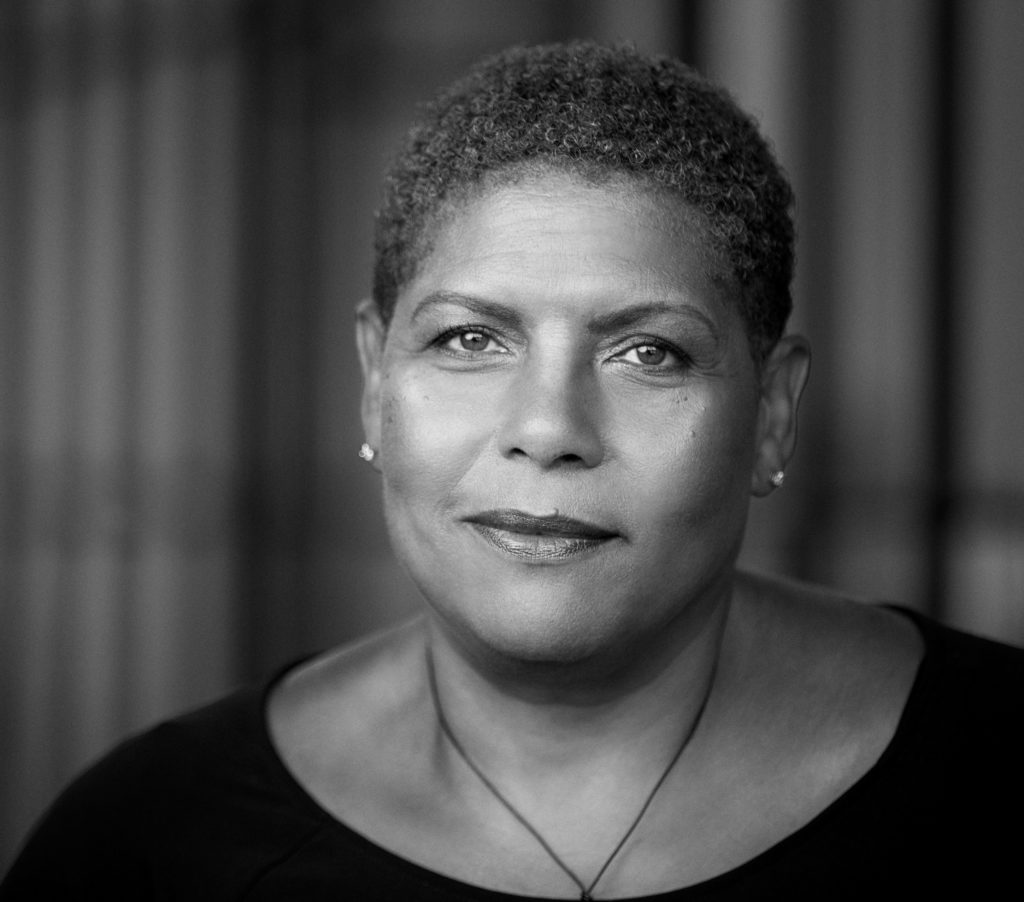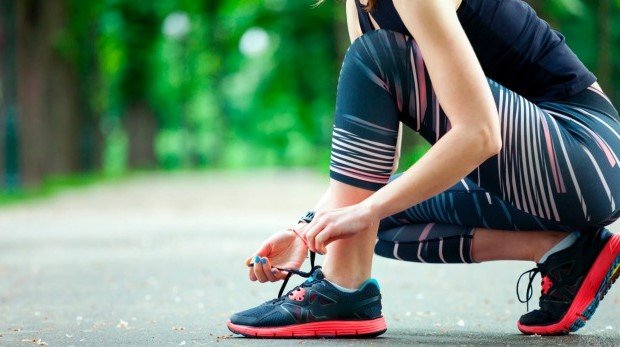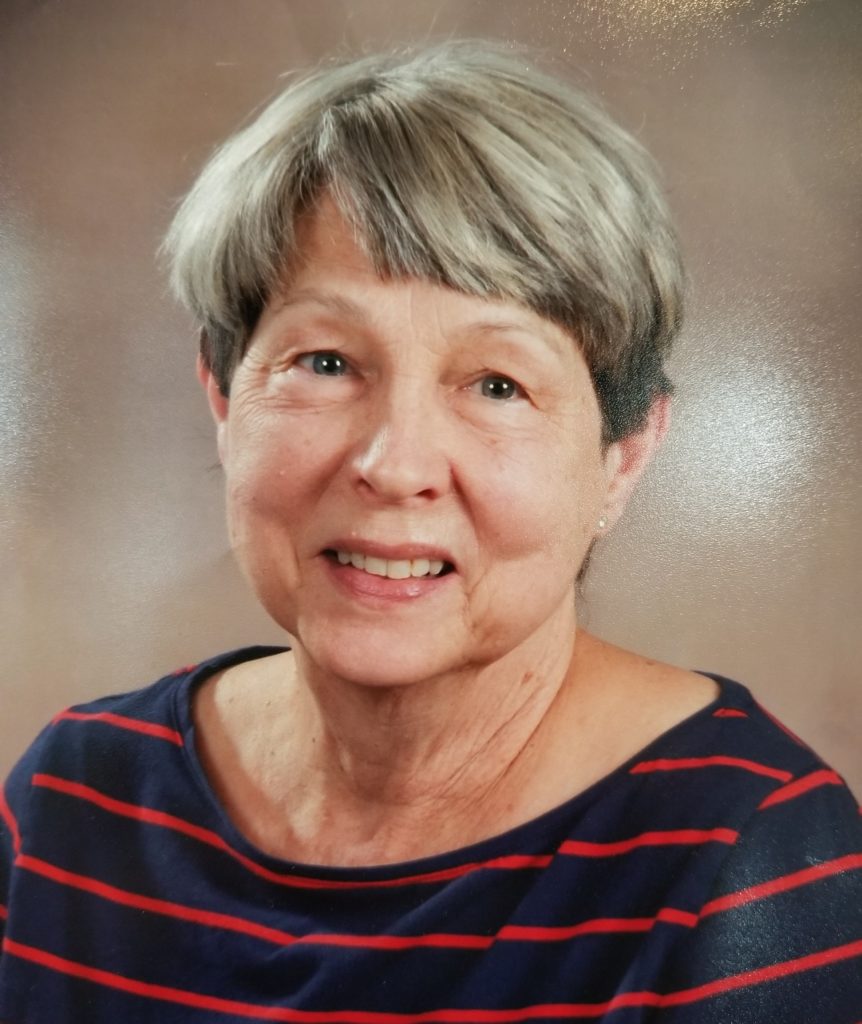Patient Perspective: Delphyne

… Only problem was the breast removal had left her with a pretty bad case of lymphatic cording and limited mobility of her right arm. As luck would have it, someone told me about TurningPoint Breast Cancer Rehabilitation, a Sandy Springs nonprofit that provides clinical and evidence-based rehabilitation for women with breast cancer, including physical therapy, massage therapy, and counseling. “They were fantastic. They really helped with the healing process and movement of my right arm.” Read all of Delphyne’s story from the AJC.
Evidence Update: Exercise Guidelines for Cancer Survivors

TurningPoint was thrilled to welcome Kristin Campbell, PT, PhD to Atlanta as the guest speaker at our annual rehabilitation course on Prescribing Exercise as Medicine for Breast Cancer on October 25th and 26th. Kristin was a leader at the international multidisciplinary roundtable for the new 2019 Exercise Guidelines for Cancer Patients. The new guidelines provide a description of patients and information on evaluation, prescription and programming for exercise. The most important message of the new guidelines is to avoid inactivity and continue to exercise. They concluded that exercise training is safe for cancer survivors. The new guidelines report on the expected benefits of aerobic exercise, resistance exercise and aerobic plus resistance exercise. Aerobic exercise helps cancer patients reduce anxiety and depression symptoms, with https://nygoodhealth.com/product/ambien/ decrease fatigue and increase quality of life and perceived physical function. The recommendations for aerobic exercise are to perform the exercise at a moderate intensity, three times per week for 30 minute sessions. Resistance exercise can help decrease fatigue, increase quality of life and increase perceived physical function. The guidelines report that performing resistance exercises has no risk of exacerbating lymphedema. The recommendations for resistive exercise are a frequency of two times per week for 2-3 sets using the large muscle groups. These recommendations will serve as guide for professionals working with cancer survivors to help identify a specific exercise prescription to address common side effects of cancer. Exercise Guidelines for Cancer Survivors Consensus Statement from International Multidisciplinary Roundtable CAMPBELL, KRISTIN L.1; WINTERS-STONE, KERRI M.2; WISKEMANN, JOACHIM3; MAY, ANNE M.4; SCHWARTZ, ANNA L.5; COURNEYA, KERRY S.6; ZUCKER, DAVID S.7; MATTHEWS, CHARLES E.8; LIGIBEL, JENNIFER A.9; GERBER, LYNN H.10,11; MORRIS, G. STEPHEN12; PATEL, ALPA V.13; HUE, TRISHA F.14; PERNA, FRANK M.15; SCHMITZ, KATHRYN H.16 Medicine & Science in Sports & Exercise: November 2019 – Volume 51 – Issue 11 – p 2375–2390 doi: 10.1249/MSS.0000000000002116 https://journals.lww.com/acsm-msse/Fulltext/2019/11000/Exercise_Guidelines_for_Cancer_Survivors_.23.aspx#pdf-link
Patient Perspective: Dianne

This past summer I was diagnosed with stage 2 invasive breast cancer. It was a shock to me and my family. But my two daughters and my husband were with me every step of the way – from deciding on a surgeon, lumpectomy surgery, and three weeks of radiation. I love to garden, and am busy with Master Gardener activities as well as my own garden. I also volunteer at Autrey Mill Nature Preserve and attend exercise classes at the YMCA. I did have to take a break for a while after surgery, but three months later I am back to all my activities. Besides my excellent doctors and supportive family and friends, TurningPoint has been a critical factor in my recovery. Not only were my two outstanding therapists instrumental in my physical healing, I realize now that going to TurningPoint was when my emotional healing began. I am deeply grateful for TurningPoint’s role in my journey back to health.
Evidence Update: Therapeutic horseback riding in breast cancer survivors

Breast cancer treatments often negatively impact upper extremity function and the overall perceived quality of an individual’s life. A 2014 pilot study published in the Journal of Alternative and Complimentary Medicine evaluated the physiologic and psychological effects of an equine-assisted therapy protocol in breast cancer survivors. This study consisted of 20 breast cancer survivors who participated in a 16-week equine assisted therapy protocol consisting of 2 hours/sessions of activity per week. All patients were tested before and after the intervention for maximal oxygen consumption, fat mass percentage, total body water percentage, strength of principal muscular groups and quality of life. The therapeutic riding setting included the patient, the horse and the therapist specialized in equestrian rehabilitation. Each riding session consisted of three phases: 1) warm up, horse caring, and grooming, 2) riding, 3) unsaddling and grooming activity. Sessions 1–3 were required to establish the human–horse relationship and to gain a deeper understanding of basic horse management and behavior. Sessions 4–8 provided patients with riding basic elements: mounting and dismounting; position and control on the horse with exercises that help participants to create balance and correct postural lines necessary for mounted work. Sessions 9–20 allowed patients to consolidate the acquired position ability and horse control at walk while sessions 21–32 were structured to improve the ability of autonomous horse management during higher level tasks and with the horse moving at a faster pace. After intervention, the intervention group showed an improvement in oxygen consumption, a decrease in fat mass percentage, and an increase in strength as well as an improved quality of life as measured by the FACIT-F. These results demonstrate the positive effects of equine assisted therapy on both physiological and psychological factors and suggest a new method for rehabilitation intervention strategies after cancer in a nonmedical environment. Cerulli, C., Minganti, C., Santis, C. D., Tranchita, E., Quaranta, F., & Parisi, A. (2014). Therapeutic Horseback Riding in Breast Cancer Survivors: A Pilot Study. The Journal of Alternative and Complementary Medicine, 20(8), 623–629. doi: 10.1089/acm.2014.0061 https://www.ncbi.nlm.nih.gov/pubmed/24963599










